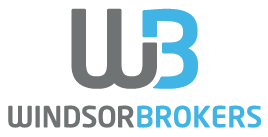Australian inflation rises to the highest in two decades, prompting RBA to start raising rates
Inflation in Australia surged well above expectations in the first quarter, hitting 5.1% from the Q4 2021 3.5% and overshooting consensus for 4.6% increase.
A closely watched core inflation which excludes the most volatile components and gives more precise picture about the underlying inflation, rose to 3.7% y/y in Q1, from previous quarter’s 2.6% and above 2.6% consensus, rising above the central bank’s 2-3% target after more than a decade
The fastest rise in consumer prices in twenty years was sparked by rising petrol prices, food and home building costs, as the war in Ukraine starts to disrupt global economy, which is still on recovery path after being strongly hit by Covid-19 pandemic crisis.
Petrol prices were the biggest contributor to inflation by 35%, with cost of living increasing by a record 13.7%.
The data showed that inflation pressures gained momentum, putting pressure on Reserve Bank of Australia to start raising interest rates, with growing expectations that the central bank will increase borrowing cost by 15 basis points at the policy meeting next week, as current 0.1% rate is inappropriate.
On the other side, some economists bet for a quarter percent hike and favor the scenario of the first hike in RBA’s June meeting, as the action in May meeting could cause political issues ahead of Australia’s federal election on May 21.


